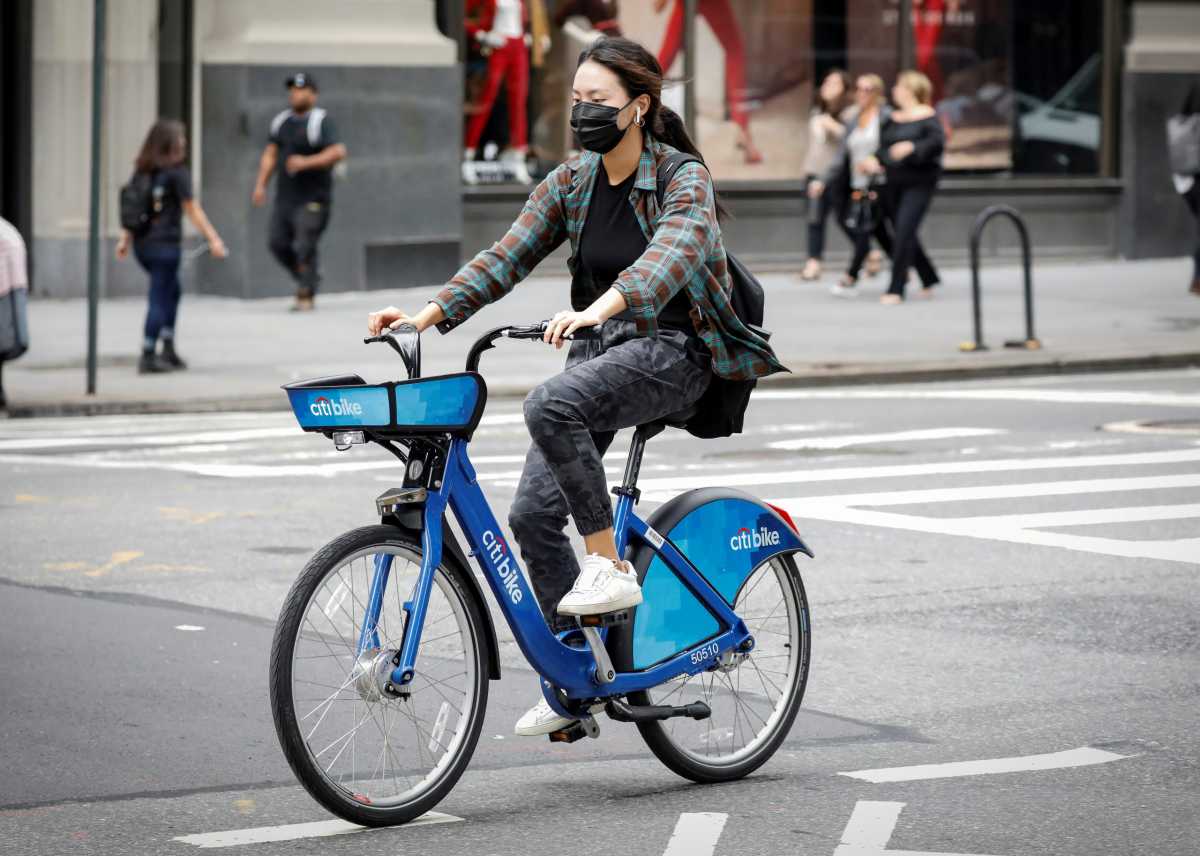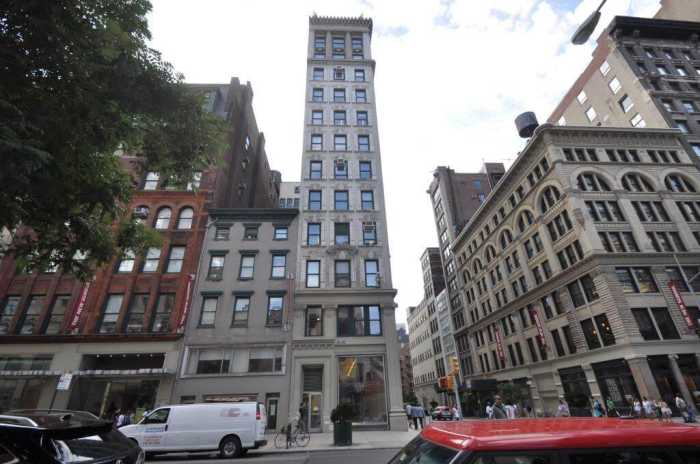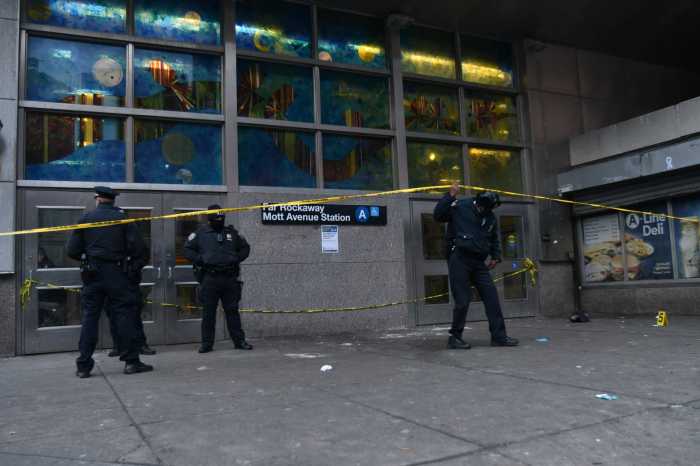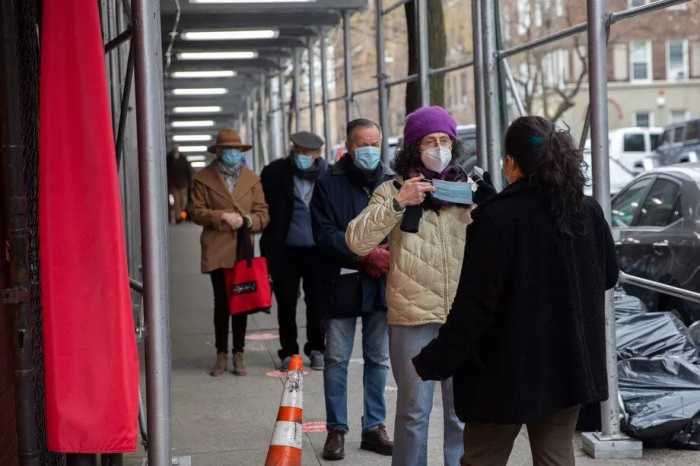Now with 20,000 bicycles in New York City, CitiBike is making the expansion into Inwood with 36 new stations and marking their takeover of the entire island of Manhattan on Wednesday.
Elected officials and bike advocates see the expansion as progress in making changing shifting away from cars for surface transportation, feeding into the biking boom as well as providing options in transportation starved neighborhoods.
“Our next goal should be to ensure that we’re making these bikes affordable to the local communities,” Councilman Ydanis Rodriguez, chair of the Transportation Committee, said. “As the weather gets warmer I suspect we will see an influx in bike ridership across the City. This ridership increase must also be met with additional bike lanes, bus lanes, Open Streets, and pedestrian plazas to ensure pedestrians and cyclists remain safe.”
With 30,000 free memberships for essential workers as part of Lyft’s Critical Workforce Membership Program, CitiBike has been expanding throughout the city with a goal of having Phase 3 completed by 2024. Phase 1 stopped short of Inwood and Washington Heights and included Manhattan, western Queens and Brooklyn.
“CitiBike has quietly become the biggest bike share system in the world outside of China, and is poised to become far bigger still,” Jon Orcutt, director at Bike New York, said. “CitiBike’s massive ridership and the constant demand for CitiBike coverage in even more neighborhoods are marks of New York’s potential to become a bike-friendly city.”
Laura Fox, General Manager for Citi Bike, says the company has beaten one of its main competitors in Velib, a bike share program based in Paris and is only rivaled by a program in China.
“With the completion of our Manhattan expansion, riders can now pick up a bike to get to work, run errands, visit friends, connect to transit, get some exercise, and experience the city from every corner of the borough,” Fox said. “Getting to 20,000 bikes — more than three times what we launched with in 2013 — and surpassing Velib is a testament to our hundreds of thousands of dedicated riders for making Citi Bike one of the most successful and beloved systems in the world. We’re proud to provide a sustainable, affordable, and dependable mode of transportation to New Yorkers.”
A biking boom became evident in late spring and early summer of 2020, when the city’s COVID-19 infection rates began to drop and New Yorkers began choosing bikes and cars over subways and buses to get around. But the city’s efforts, however, seemed to fall short of protecting these cyclists as fatalities reached 2019 numbers, which had not been seen since 1999, despite an expansion of protected bike lanes.






























